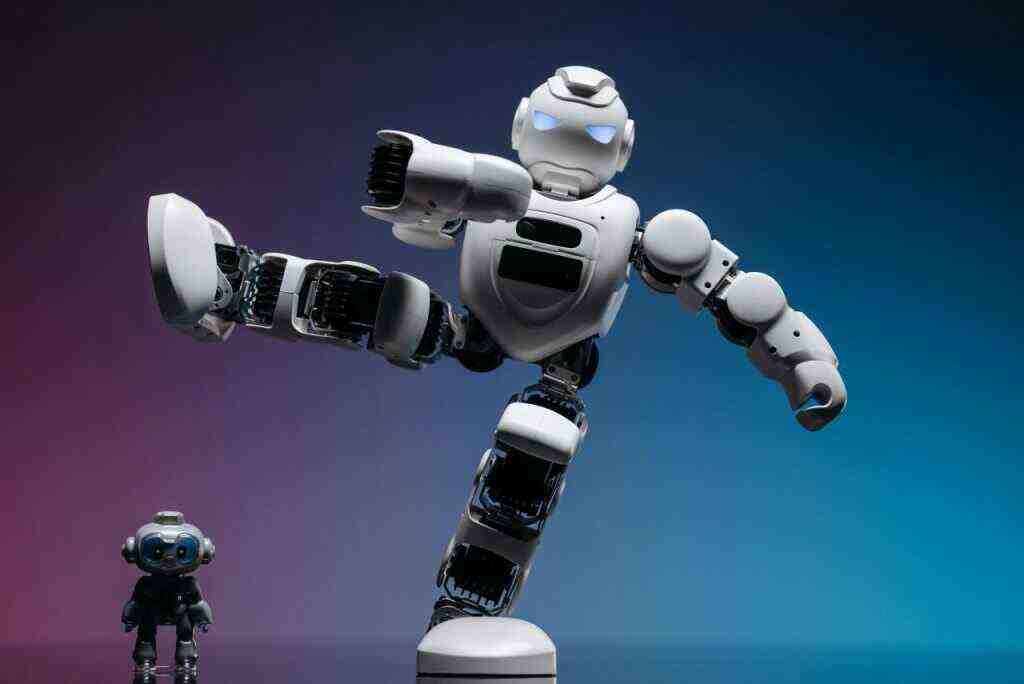The Rise of Humanoid Robots: A Debate Rekindled
In the realm of robotics, the concept of humanoid robots—machines meticulously engineered to mirror the form and capabilities of humans—has long captured the imagination of scientists, engineers, and futurists alike. Recently, this captivating subject has experienced a resurgence of interest, fueled by the advent of innovative startups and ambitious projects from established tech giants, all striving to create intelligent machines that emulate human beings. This article delves into the ongoing debate surrounding humanoid robots, exploring the compelling arguments for and against their viability and relevance in our modern world.
The Case for Humanoid Robots
Proponents of humanoid robots often emphasize the inherent compatibility between the human-built world and our own physical form. They contend that designing robots with a human-like structure allows them to navigate and interact with our environment more seamlessly, effortlessly utilizing existing infrastructure and tools designed for human use. Additionally, humanoids possess distinct advantages in terms of reach, dexterity, and the ability to traverse uneven terrain, making them potentially suitable for a wide range of tasks requiring these capabilities.
The Counterarguments
Despite the apparent benefits, the development and deployment of humanoid robots face significant challenges. Critics frequently point to the inherent complexity of the human body, with its intricate musculoskeletal system and vast array of sensors, as a formidable obstacle to creating truly capable humanoids. Moreover, the pursuit of general-purpose robots, capable of performing a diverse range of tasks, poses a daunting engineering challenge, necessitating advanced artificial intelligence and sophisticated control systems.
Bill Gates’ Endorsement
In a recent development that sent ripples through the robotics community, Bill Gates, the renowned technology visionary, has thrown his support behind humanoid robots. Gates recently unveiled a list of “cutting-edge robotics startups and labs” that he is enthusiastic about, prominently featuring three companies dedicated to developing humanoids. Among them are Agility, Apptronik, and UCLA’s RoMeLa (Robotics and Mechanisms Lab). Gates’ endorsement serves as a significant validation for the potential of humanoid robots, propelling this field of research and development into the mainstream spotlight.
Agility: Leading the Pack
Agility, a company specializing in humanoid robotics, has made remarkable strides in the deployment of its Digit robot. Digit has undergone real-world testing in various settings, including a pilot program at Amazon warehouses. This successful deployment showcases the potential of humanoids in practical applications, paving the way for broader adoption in the industrial and commercial sectors.
The Road Ahead
While Bill Gates’ endorsement is undoubtedly a positive sign for the humanoid robotics industry, it is crucial to acknowledge that widespread adoption of these machines remains a distant reality. Significant hurdles in terms of cost, reliability, and safety must be overcome before humanoids can become commonplace in our daily lives. However, the ongoing advancements in technology and the growing interest from both academia and industry suggest that the future of humanoid robots is promising, holding the potential to revolutionize various aspects of our society.
Conclusion: A Glimpse into the Future
The debate surrounding humanoid robots is far from settled, with compelling arguments on both sides. While technical challenges and safety concerns remain, the potential benefits of these machines are undeniable. As technology continues to advance and research progresses, it is likely that humanoid robots will play an increasingly significant role in our lives, assisting us in various tasks, enhancing our productivity, and potentially even forming meaningful connections with us. Whether as companions, coworkers, or caregivers, humanoid robots have the potential to reshape our world in ways we can scarcely imagine.
